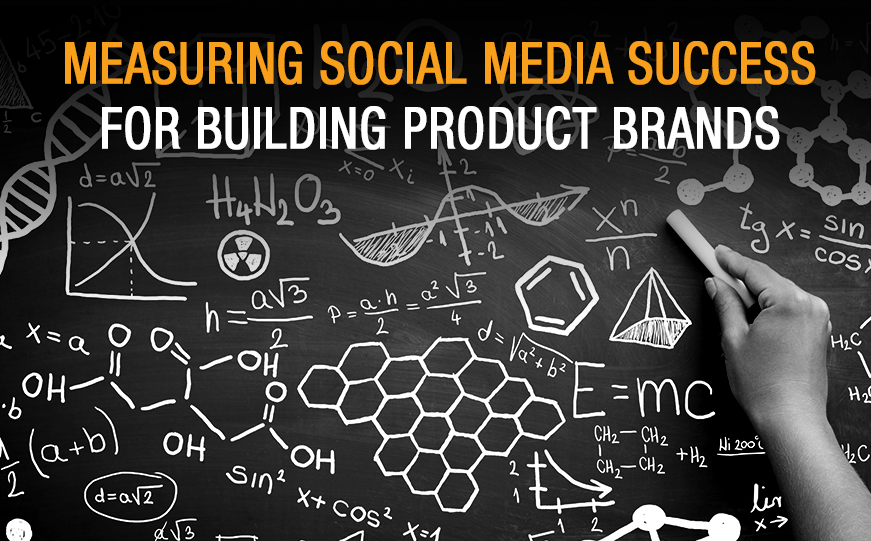One of the highest returns on investment for client brands continues to be influencer marketing. As such, our team relies on a set of metrics… to measure each campaign’s effectiveness. While we consider a host of benchmarks — for example, sentiment, share of voice, referral traffic, and so on — three of the most frequently used metrics are impressions, reach and engagement.
It’s no coincidence that these same analytic measurements are leveraged as targets for determining social media marketing success.
If you publish it, they will (maybe) see it
In a perfect world, every follower would view every piece of content. Sounds simple enough, right? However, the algorithms employed by various social media platforms can make that delivery of thought leadership even more challenging than it would initially seem.
Algorithms are a social platform’s method for sorting content — in a user’s feed — and serving up some posts with more priority than others. The strategy is based on an automated tool the platform leverages, in an attempt to provide the most relevant posts to each viewer. These algorithms prioritize content delivery by comparing how many interactions a particular type of post has had in the past… to the types of content an audience member prefers.
So, for example, if someone likes and shares posts about roofing, well… that user will see more posts about asphalt shingles and metal roof panels. If they watch lots of installation videos, they will see more in-the-field construction posts — “how to” videos, in particular. Well, you get the idea.
If you don’t measure it, did it happen?
What happens to content — after it’s posted on a social site — can be measured in a number of ways. However, the three main metrics to gauge the impact of content are (you guessed it!) impressions, reach and engagement.
Studying these metrics can help to improve a social media campaign by pointing out which content has been most successful… and which content isn’t working as well.
Impressions vs. Reach
It’s easy to confuse impressions and reach. After all, both terms measure how many times content is viewed. Yet, there are key differences.
Impressions. An impression measures how many times a particular piece of content has been displayed in a viewer’s feed… regardless of whether or not the user interacts with it. If five Facebook users each see a post twice, the result would be 10 “impressions.”
Reach. It’s helpful to think of reach as the number of unique individuals who view a post. While those five Facebook fans saw the post twice — yielding 10 impressions — the “reach” for this example would be five.
To add complexity to the analysis, different platforms can use different words to describe these key metrics. Snapchat, for example, refers to impressions… as “Story Views.”
Taking a deeper dive
Engagement is arguably the most important metric when rating the success of content. After all, “engagement” measures the number of interactions a piece of content receives… determined by activity including likes, comments, shares, saves, etc.
Notably, engagement is the only one of the metrics — that involves users — directly.
After all, ensuring that someone sees content is important. Inspiring them to take action… demonstrates even greater preference. As such, “engagement” helps move the prospect deeper into a building product brand’s funnel-of-awareness… increasing the likelihood the audience member will “convert” into a viable sales lead.
Following are five ways building product brand can improve social metrics.
Refine targets. Use analytics to get a clearer idea of who’s in your community for each platform. Compare that evidence to the audience(s) worth targeting. Determine which segment generates the most impressions and engagement — then focus on getting more people like those — to become part of the audience.
Define tone and voice. The best way to determine which brand voice is most effective in social campaigns… is to review the performance of past content. Cull top performing topics and consider what themes and “personality” resonate. Compare these examples to lower performing content to determine if there’s a notable difference between the two. Often, there is.
Engage with audiences. Capturing the attention of an audience encourages more people to interact with your content… ultimately boosting both impressions and engagement. Ensure that readers are provided with an obvious course of action to take. And always answer questions — and respond to comments — promptly.
Rework narratives. Long-format content is an important asset. And stories-worth-telling may require longer formats. However, lengthier formats don’t work in all situations… especially in social media. Breaking longer content into smaller — more easily digestible posts — can help to fill social media feeds. Which can help to increase impressions, reach and engagement.
Promote content. Whether earned or paid, content will be most effective when it’s promoted. Some platforms, like Facebook and Instagram, have made it possible to “pay-to-promote” content through boosted posts and advertising programs. Others, like TikTok, leave promotion up to the content creators.
Understanding a target audience, tracking metrics and improving content are all integral parts of an effective social media plan. Interested in getting social with your marketing campaigns? Send an e-mail to sk@kleberandassociates.com to get the conversation started.




